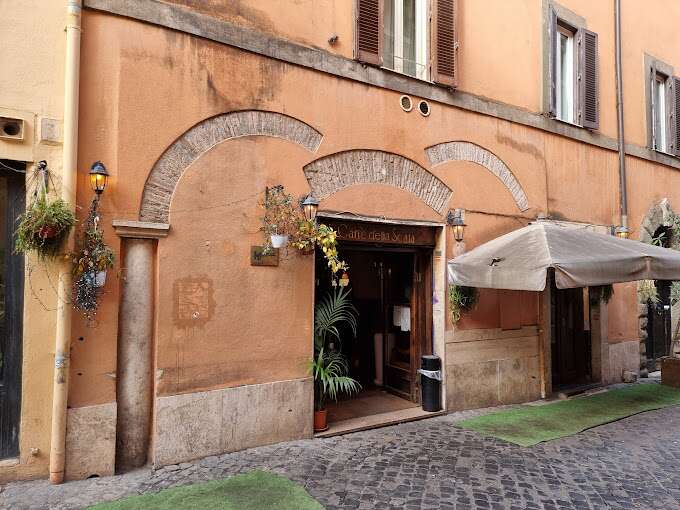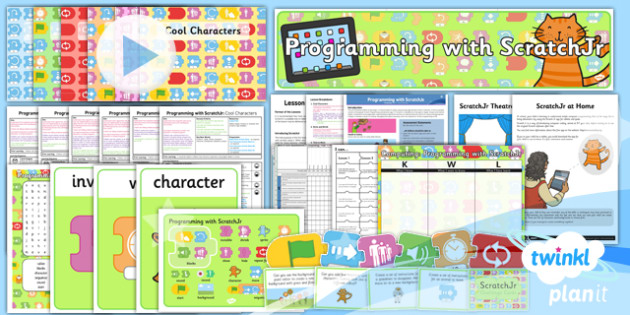Recommended Advice To Selecting Italian Primary Teaching Didactics
Wiki Article
What Resources Do Italian Primary And Kindergarten Schools Require For Teaching?
The essential materials required by the Italian nursery or primary school is a mixture of workbooks, books as well as other teaching aids which aid in the growth and learning of students. Here are some of the materials which may be required Workbooks and textbooks are needed to teach core subjects, such as Italian math and language sciences, social study and science.
Supplies for art and craft They can comprise pencils and paper, as well as markers crayons, paint brushes, and many other items.
Manipulatives: Manipulatives like puzzles, blocks, and games can aid students in developing their problem-solving and critical thinking abilities.
Education technology Tablets and computers are an instrument to enhance learning and provide extra resources for students.
Visual aids: Posters, maps, charts and other visual aids are useful for helping students to learn and retain important concepts.
Books: A variety books that are appropriate for children of all ages in Italian can help encourage reading of Italian and the development of language.
Musical Instruments Musical Instruments: Using musical instruments like xylophones and tambourines can help teach rhythm and music appreciation.
Safety equipment is essential to protect the health and safety of employees and students. These include first aid kits, emergency procedures posters and fire extinguishers.
Sports equipment is available for use in outdoor play, physical education, and even in the classroom.
Italian primary, nursery and secondary schools need a variety of educational materials which will help create a fun learning environment. View the top rated sostegno primaria for more advice.

What Maths Educational Cards Are Highly Recommended By Italian Schools?
Maths didactic cards can be a useful tool for introducing youngsters in Italian nurseries to math concepts. Here are some types of Maths didactic cards that could be suggested number cards: These cards can help children learn the numbers from 1 to 10 or greater. They can feature illustrations of objects or animals that represent numbers to make learning more engaging.
Shape cards are an excellent method to aid your child understand the various shapes. For example they can help them learn how to distinguish and describe the shapes of triangles, squares and circles. They could also feature images of real objects that illustrate each shape.
Color cards: Kids can learn to identify colors by using color cards. They can also include illustrations of objects which are dominated by one color. They will engage children more.
Counting cards are a great option to assist your child learn how to count. They can feature illustrations of objects or animals which represent the numbers to make the learning experience more enjoyable.
Time Cards: Time cards help your children learn how to read the time as well as the names for the days of week and the months. It is possible to use illustrations of calendars and clocks to make learning more fun.
It is important to choose Maths educational cards that are age-appropriate fun, interactive, and engaging for toddlers. These cards can help educators and parents to create math-related activities that are fun and engaging, which promote the curiosity and enthusiasm of young children. Have a look at the top materiale didattico matematica sostegno for blog info.

What Science-Based Teaching Material What Is Required In Italian Nurseries?
The use of science education materials in Italian nurseries is a great way to encourage young youngsters to investigate and learn about the world all around them. Here are a few instances of where science-related materials could be needed: Curriculum and lesson plan A well-constructed lesson plan and curriculum that incorporates scientific concepts can make sure that children are exposed and learn various concepts in science.
Visual aids and manipulatives Charts, posters, natural specimens and magnifying glass kits are all a great way to aid children in understanding scientific concepts through an interactive and tactile approach.
Videos and books: Books and videos that focus on science topics such as animals and plants, weather and space are a great way to kids learn and can provide extra resources to help them learn.
Outdoor learning space Gardening and playgrounds offer children with an opportunity to explore and learn about the natural world.
Parental involvement: Engaging the parents in the science curriculum could aid in the reinforcement of concepts learned in the nursery. This also promotes the involvement of families.
Assessment tools: Assessment tools aid caregivers and teachers in monitoring children's progress and identify areas where more support might be needed.
The materials that are used to aid in science education must be appropriate for infants and toddlers. These materials let teachers and their caregivers to design fun and engaging science lessons that stimulate curiosity and love of learning in children. Have a look at the recommended schede didattiche scienze sostegno for blog recommendations.

What Kind Of Geography Books Can Be Used In Italian Kindergartens?
Geography-related teaching materials used in Italian nurseries can help children develop an understanding of the world around them, and also learn about the different cultures and settings. These are some examples for geography teaching material that might be required maps. They are a great way for children to learn about the geographical and geographic features of various nations and regions and the locations of landmarks that are natural.
Globes Help children perceive the earth's surface as well as discover the various continents and oceans.
Pictures and videos Images and videos from diverse places and cultures can help children understand the variety of the world and gain an appreciation for the different ways of living.
Books Age-appropriate books and that feature different cultures and locations that are from all over the world encourage children to discover a fascination with geography.
Natural materials, like plants, shells and stones, can be used to educate children about diverse ecosystems and the different environments.
Field excursions. Children can learn about geography through hands-on activities and experiences at local parks, zoos or museums.
The resources you select for teaching geography should be age-appropriate, and also culturally sensitive. Teachers and caregivers are able to make use of these resources to create stimulating, interactive activities that encourage children's enthusiasm and curiosity.
